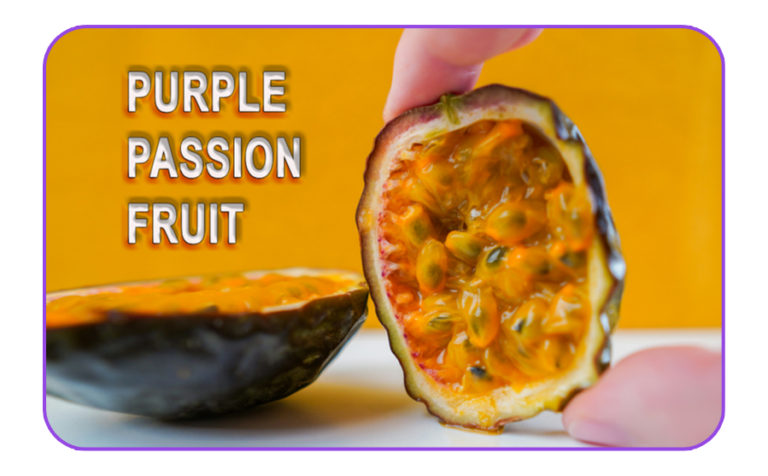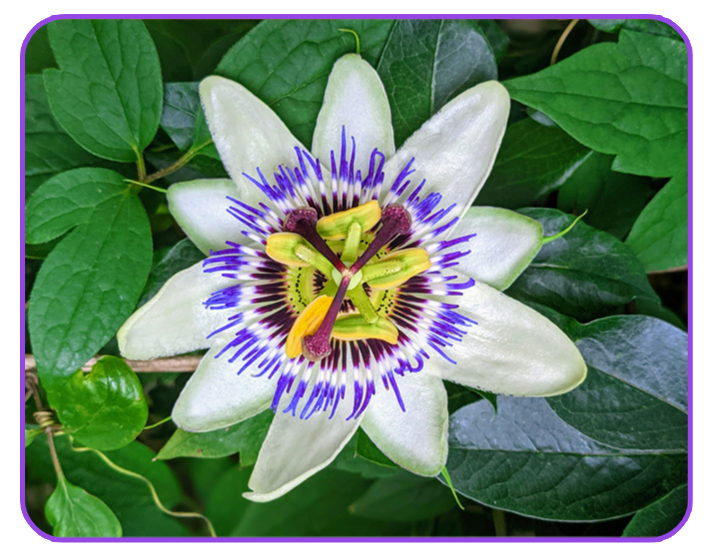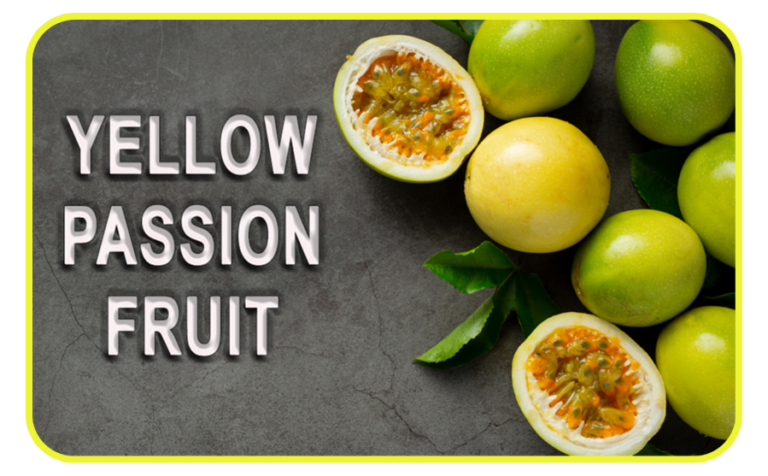
GET PASSIONATE!
Passion fruit vines, scientifically known as Passiflora edulis or Passiflora flavicarpa, depending on its color, usually purple or yellow is an exotic fruit. Primarily grown in tropical or semi-tropical climates, it offers a variety of health benefits. Add to that, stunningly beautiful and intricate flowers, a sweet-tart taste and an enormous amount of fruit production.
I first learned about the health benefits of passion fruit about 30 years ago, when I was diagnosed as a Type 2 diabetic. It was generally accepted in those days as a predisposition or an inherited disease. Unwilling to take the medicines (Metformin) being prescribed, I started my search for alternatives. I found many and learned that various countries around the world would each have their own ideas of what to eat for improvement of your blood sugar levels. Here’s a short list of my findings.
Thailand, cinnamon. Philippines, bitter melon. India, cassia auriculata. France, lilac leaves. Middle East, Ajuga. Mexico, Nopal. China, Ginseng. Tibet, Tang-Kang-Fu-San. In Africa where yellow passion fruit is mostly grown, they use the white inner skin for sugar level control.
I’ve tried them all and a few more not mentioned. My personal research determined that passion fruit was not only the easiest to grow, but its sweet-tart taste was more palatable than some of the others. The beautiful flowers are a bonus.


They make a chain link fence a beautiful green wall and provide such a bountiful crop, you’ll keep your neighbors happy. There are a few things you’ll need to know. You need to be in a tropical or semi-tropical zone (although containerized plants can be moved to more temperate areas). You do not need to pick the fruit, when at their peak of ripeness and starting to show a wrinkled skin, they’ll drop to the ground.
None of the above herbal remedies will work alone. Exercise and the avoidance of refined sugar will enhance the properties of any herbal care.